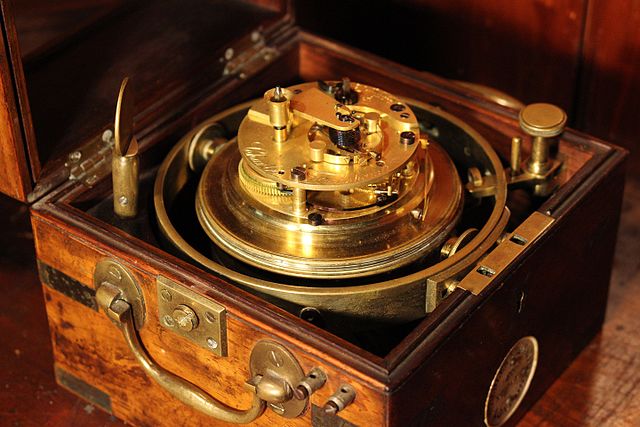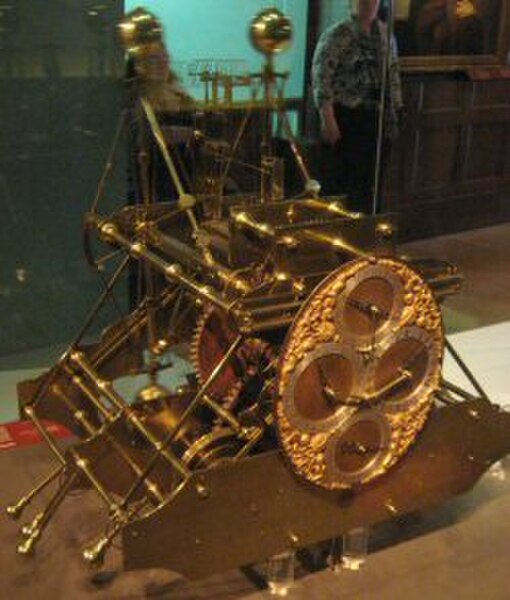The Omega Marine Chronometer was the first quartz wristwatch ever to be awarded certified status as a marine chronometer. The watch was made by Omega SA and developed by John Othenin-Girard and is one of the most accurate non thermo-compensated production watches ever made, keeping time to within 1 second per month
OMC calibre 1516
OMC prototype 1
OMC prototype 2
OMC calibre 1511
A marine chronometer is a precision timepiece that is carried on a ship and employed in the determination of the ship's position by celestial navigation. It is used to determine longitude by comparing Greenwich Mean Time (GMT), and the time at the current location found from observations of celestial bodies. When first developed in the 18th century, it was a major technical achievement, as accurate knowledge of the time over a long sea voyage was vital for effective navigation, lacking electronic or communications aids. The first true chronometer was the life work of one man, John Harrison, spanning 31 years of persistent experimentation and testing that revolutionized naval navigation.
A marine chronometer by Charles Frodsham of London, shown turned upside down to reveal the movement. Chronometer circa 1844-1860.
The marine "Chronometer" of Jeremy Thacker used gimbals and a vacuum in a bell jar.
Henry Sully (1680-1729) presented a first marine chronometer in 1716
John Harrison's H1 marine chronometer of 1735








